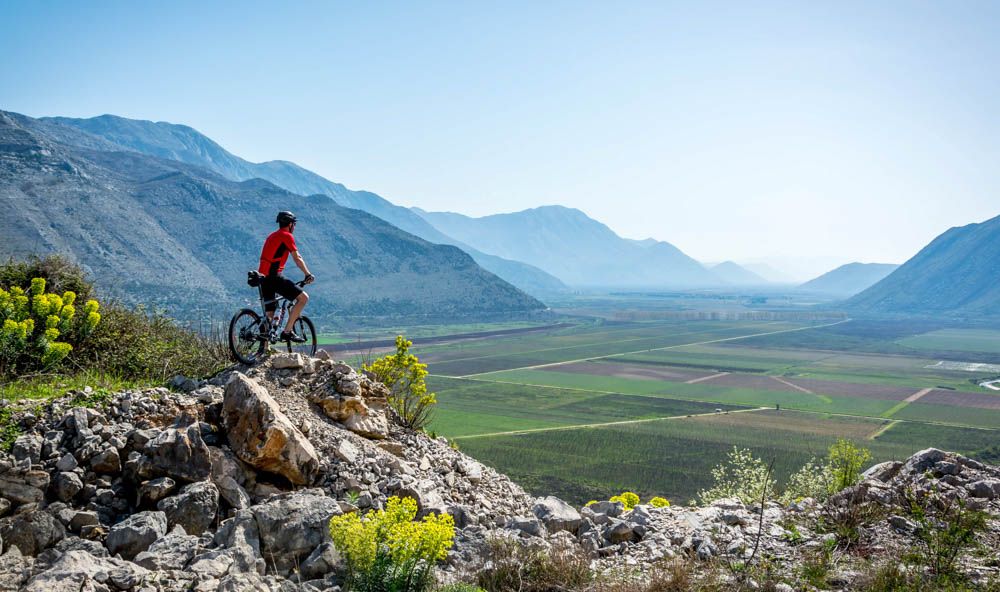Younger generations who grew up in Dubrovnik have spent their childhoods listening to the stories of the famous and beloved Ćiro train which used to connect Dubrovnik with Zelenika, Trebinje and Gabela (Čapljina), or Croatia, Montenegro and Bosnia and Herzegovina, the present-day independent countries that were once part of Yugoslavia. It comes as no surprise that the idea and subsequent project of the renovation and revitalisation of the abandoned narrow gauge railway was recognised as an extremely interesting and important project by the European Union, which financed the project through the Cross-Border Programme of Croatia - Bosnia and Herzegovina. The main idea was to revitalise the forgotten railway as a bicycle route in order to preserve it as a piece of historical heritage and to develop new activities for both local and international visitors.

The railway was officially opened on the 15th and 16th of June in 1901, when Bosnia and Herzegovina was still part of the Austro-Hungarian Empire. Numerous politicians from Vienna and Budapest came to the opening ceremony since the train, nicknamed Ćiro, played an important part in connecting the coastal cities with the towns in the Dinaric Alps.
The present-day route, known as an "open-air museum", connects the southern part of Croatia and crosses the border to enter Bosnia and Herzegovina where visitors can witness the long-abandoned towns and station buildings which stopped operating following the abolition of the narrow-gauge railway system in the 1970's.
The last time ''Ćiro'' left Dubrovnik train station was in June, 1976, marking the transformation of Dubrovnik as a complete coastal city dependent on the maritime trade, losing the railway connections with its hinterland.
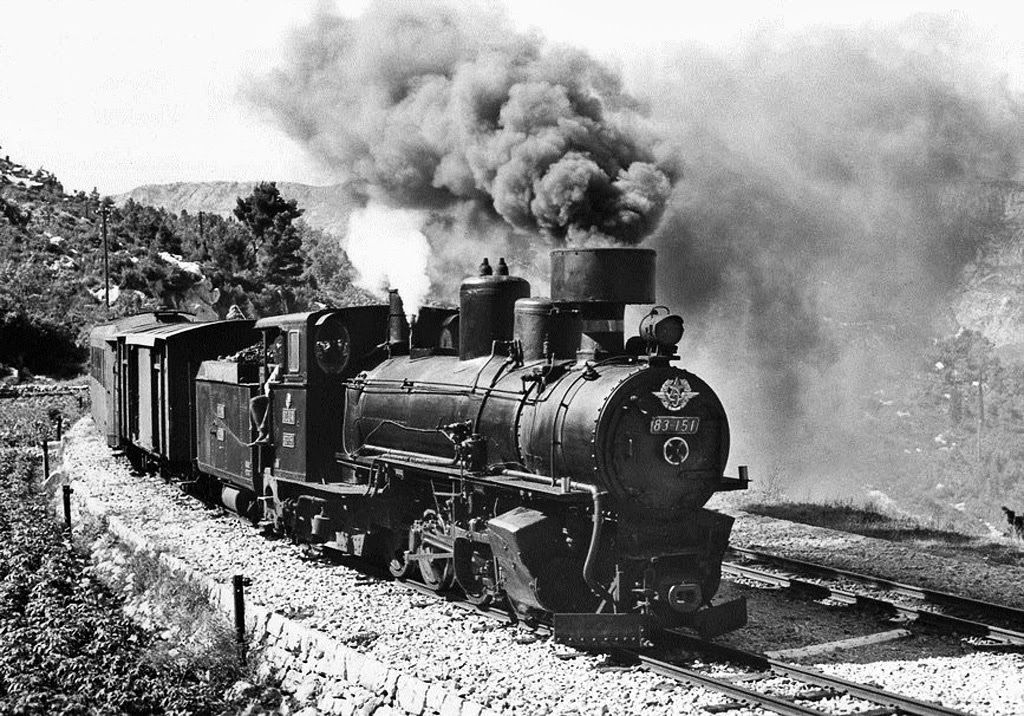
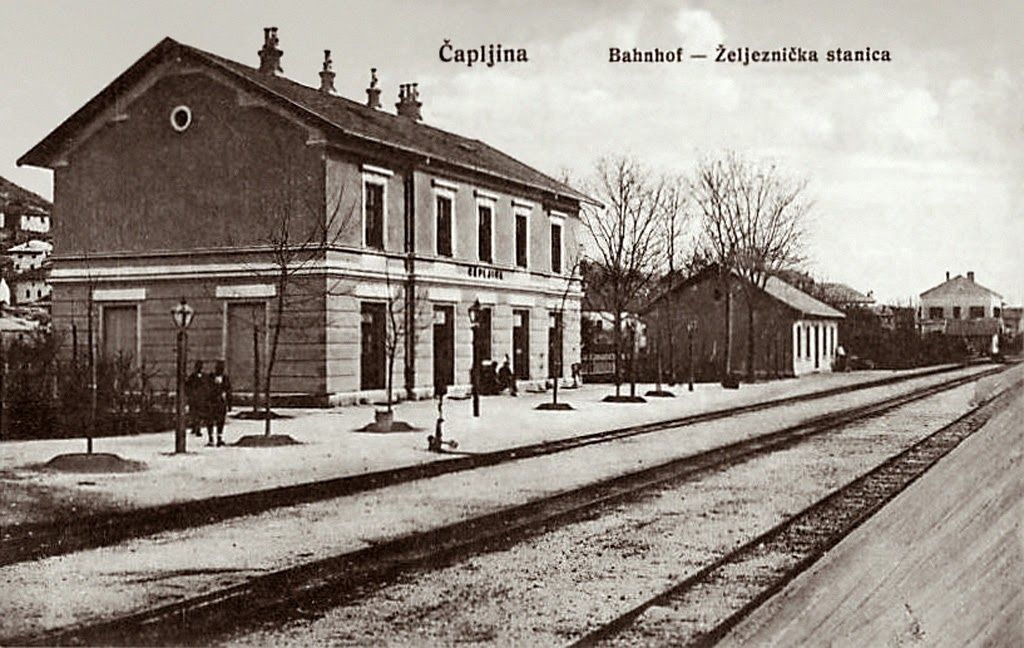
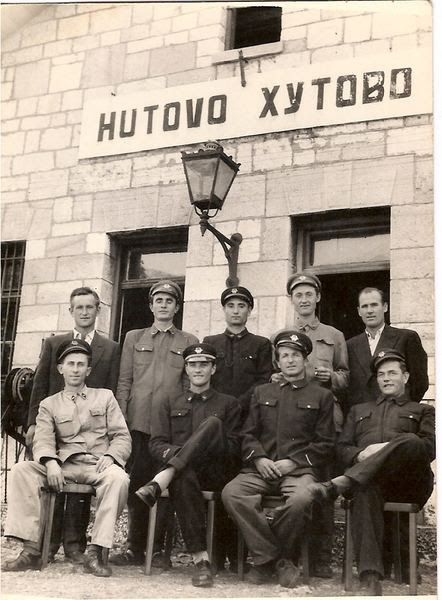

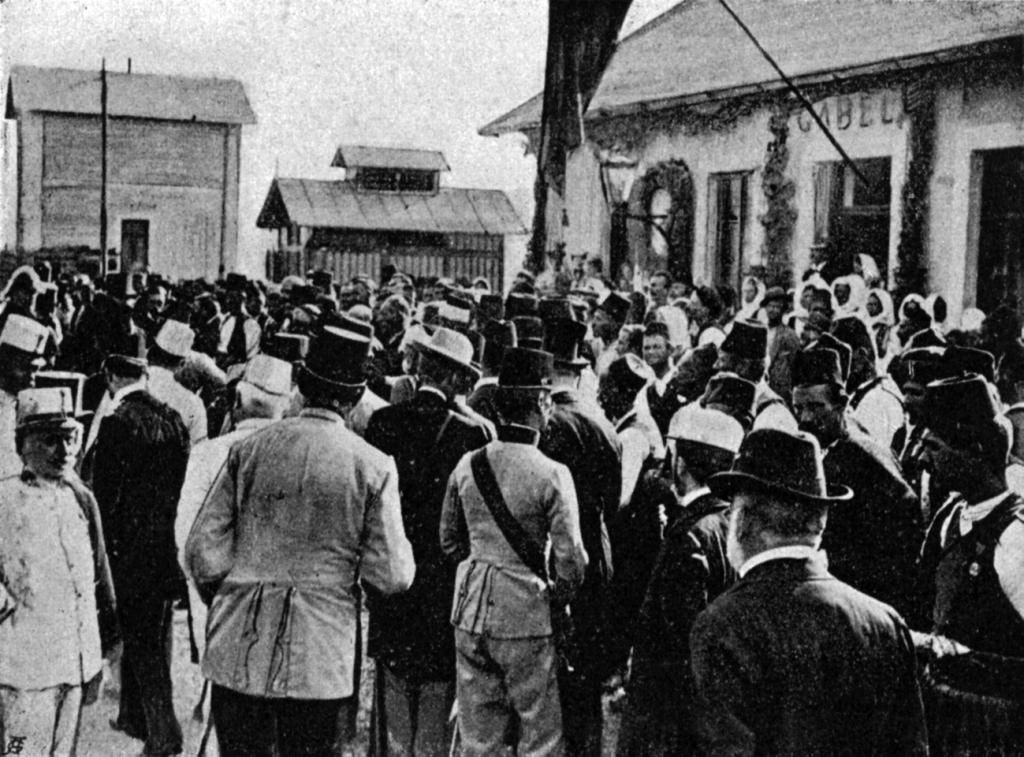
The expected results of the project is focused on better cooperation of neighboring countries and cities while offering a different tourist experience:
– A new tourism product with a clear cross border identity. This biking trail connects two different cross border regions and as such will be recognised as a unique tourism offer. The trail will connect the number of tourist attractions from both regions (Bosnia and Herzegovina and Croatia): The Old Bridge in Mostar (UNESCO), the Old Town of Počitelj, the Orthodox Church in Žitomislić, the Nature Park Hutovo Blato, the Roman ruins of Mogorjelo, the already popular Vjetrenica Cave (UNESCO Tentative list), the Orthodox Monastery Zavala, Popovo karst field, the Old Town of Dubrovnik (UNESCO), the Konavle karst field, wineries, bridges, tunnels, rivers, fields, etc. These trails will connect all these attractions together.

– Small scale tourism infrastructure which specifically relates to the cleaning and creation of new cycling trais on the paths of the old narrow railway gauge; Initiation of a new tourism offer in the Adriatic hinterland and rural areas. This offer will be something new in the region.

– The training of people in the rural tourism offer based on the concept of ''Community Based Development''.
– A joint tourism and marketing plan that will enable the promotion of this unique tourism offer in the region, through public awareness to activities and information services to local businesses and communities, communication campaigns to improve the awareness of both natural and cultural heritage and tourism contribution to development. The joint study of the integration of cultural and natural heritage into the tourism offer along the new ''Old Narrow Gauge Railway'' cycling trail Ćiro.
– The introduction of modern technologies and information systems aimed at improving visitors’ information services, marketing and planning of tourist destinations such as GPS mapping, QR codes for smart phones, web pages, data bases, etc.
